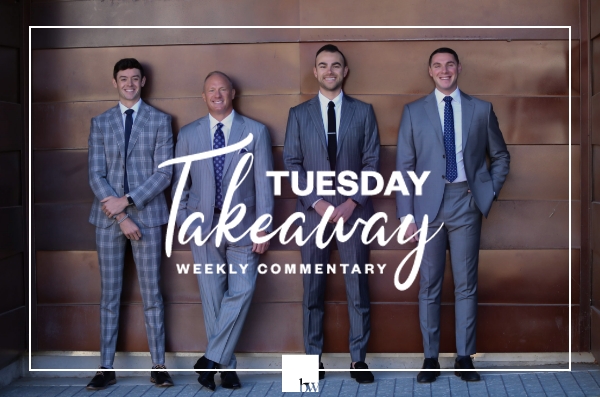
Market Insights:
January 2, 2024
Posted on January 02, 2024
Planning and Guidance, Tailored To Your Life and Goals
Tuesday Takeaway
Posted on April 28, 2015

Boo.com, burned through $135 million of venture capital and went belly up the year after it launched. Others, like TheGlobe.com, a social network service with no earnings, went public in 1998 with a target share price of $9. Investors paid as much as $97 a share during the first day of trading. By the end of 2000, the stock price was worth less than a dollar a share. Things are different this time around, according to Financial Times, largely because a lot more economic activity takes place online today. About $50 billion is spent on online advertising in the United States (compared to $8 billion 15 years ago) to reach an audience of three billion people (compared to 400 million in 2000). The business paradigm has changed, too, according to Financial Times:
“This time around, many [companies] are being built to be sold to one of a handful of cash-rich acquirers… in the consumer internet markets, or… in enterprise software. In fast growing fields such as artificial intelligence, backers of more mature start-ups complain about the excess of early-stage venture capital flooding in, from investors hoping to sell out quickly to one of the giants.”
The Dow Jones Industrial Average and the Standard & Poor’s 500 Indices showed gains last week, too.
“Investors around the world say they’ll need average returns of 9 percent a year, above inflation, to meet their financial goals, a figure well above the average annual return of the markets over most rolling periods during the past century.”
This is a remarkable expectation. Second, it’s not achievable without taking considerable risk and the vast majority of investors surveyed said, if they had to choose, they would opt for safety of principal over performance potential. In other words, they wouldn’t take the risk necessary to earn such a high potential return. It’s important to set realistic expectations for portfolio returns; expectations that reflect risk tolerance and long-term financial goals. The good news, at least for U.S. investors, was found when participants were asked to describe the way they defined investment success. Answers overlapped in many regions but only the highest percentage of any region is shown for each statement below: ]]>
]]>